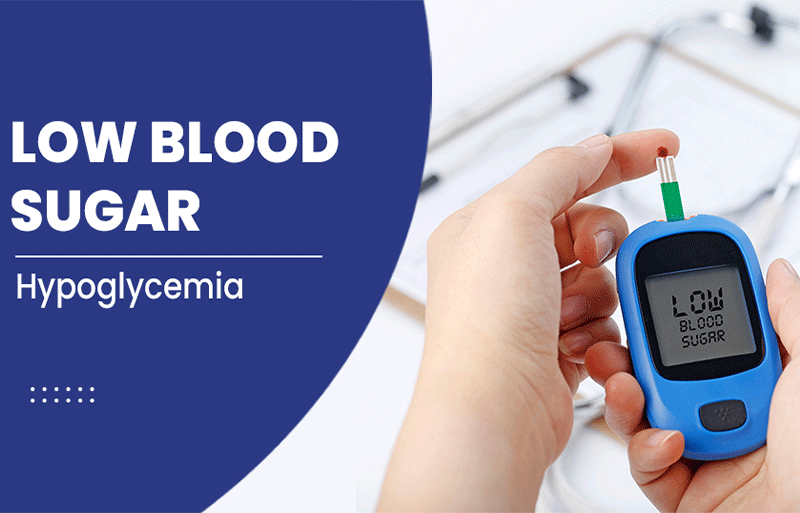
Hypoglycaemia
Hypoglycaemia refers to low blood glucose levels of less than 2.2 mmol/l in the general population and less than 3 mmol/l in diabetics. These values may vary slightly in different countries and the unit must be taken into consideration as it can be given in mg/dl.
Thank you for reading this post, don't forget to subscribe!Causes
These include reduced intake of food, exercise, excessive administration of insulin, overdosing of oral antidiabetics, alcohol, liver failure, and some drugs such as paracetamol, quinine, etc.
Symptoms
People with hypoglycaemia can present with hunger, sweating, tremors, palpitations, headaches, convulsions, and loss of consciousness.
Investigation
The main test to diagnose hypoglycaemia is doing a capillary glucose test using a glucometer which can be operated by almost anyone with little training.
Treatment
The treatment depends on the consciousness level of the patient as seen below:
- Conscious-give fruit juices, glucose gel or any glucose-containing fluid.
- Unconscious-intravenous fluids/drip; 10%, 20%, 50% dextrose water calculated based on weight and age.
-intramuscular or subcutaneous glucagon
Prevention
- Follow drug prescriptions correctly, particularly for diabetics.
- Take alcohol in moderation.
- Take note of symptoms early and carry snacks around to eat as soon as possible if on medications.
- Frequent small meals for children.









